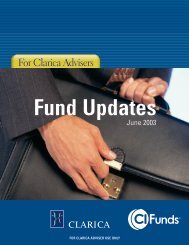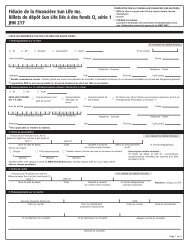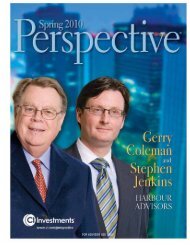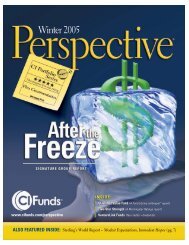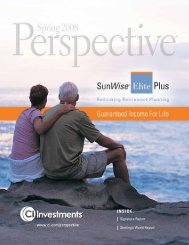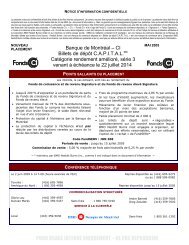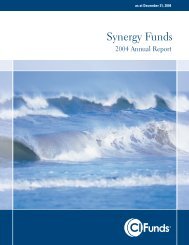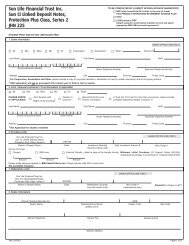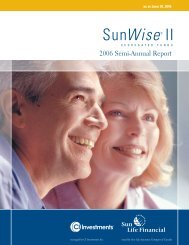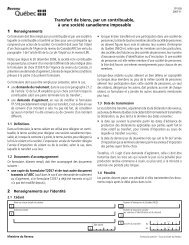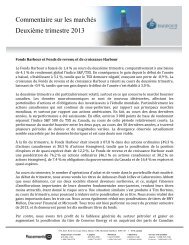July - Summer Edition - CI Investments
July - Summer Edition - CI Investments
July - Summer Edition - CI Investments
Create successful ePaper yourself
Turn your PDF publications into a flip-book with our unique Google optimized e-Paper software.
Signature Market Roundup<br />
High-yield bonds<br />
Geof Marshall<br />
Vice-President,<br />
Portfolio Management<br />
and Portfolio Manager<br />
Historically, the high-yield bond market has been strongly<br />
correlated with both industrial production and equity<br />
market volatility (i.e. the VIX). Therefore when the ISM<br />
manufacturing data came in weaker than expected in May,<br />
it is not surprising that high yield sold off alongside stocks.<br />
On the whole, it seems the market underestimated the<br />
global impact to production from supply chain disruptions in<br />
Japan and the impact of rapidly rising commodity prices on<br />
end market demand across a number of industries. Further<br />
macroeconomic uncertainty relating to European sovereign<br />
debt, a Chinese economic growth scare and the end of U.S.<br />
quantitative easing made the second quarter of 2011 feel a<br />
lot like 2010. During the second quarter, the high-yield bond<br />
market pushed higher in April, treaded water in May despite<br />
record year-to-date supply and retreated in June in the face of<br />
large outflows from U.S. mutual funds.<br />
The high-yield bond market returned 0.99% in the second<br />
quarter (Bank of America Merrill Lynch High Yield Master<br />
II Index US$). From the middle of May to the end of the<br />
quarter, the average price of a high-yield bond slipped<br />
approximately 2.25 points to 102.3, while the yield on the<br />
five-year U.S. Treasury bond came in seven basis points lower<br />
to 1.76%. The net result saw the yield on the average highyield<br />
bond widen 65 basis points to Treasuries to end the<br />
quarter at 542 basis points.<br />
Credit experience was mixed in the second quarter as the<br />
portfolio benefited when a number of bonds were tendered<br />
at prices above par. On the other hand, a couple of issuers in<br />
the transportation and food sectors were adversely impacted<br />
by lacklustre demand or rising commodity prices and saw<br />
their bonds slip in value. Netting this against our defensive<br />
positioning resulted in index-like performance for the second<br />
quarter. New names added during the quarter include the<br />
U.S. dollar denominated bonds of Brazilian oil and gas<br />
company OGX Petróleo e Gás Participações, Canadian<br />
copper producer Quadra FNX Mining and the term loan of<br />
Canadian energy midstream operator Gibson Energy.<br />
The high-yield market bounced when the Greek parliament<br />
passed its austerity package. Looking into the second half of<br />
the year, the supply chain disruptions from Japan should be<br />
resolved, the U.S. debt ceiling should be raised by September,<br />
corporate deleveraging should continue, and Fed monetary<br />
policy is likely to remain accommodative. Together, these<br />
factors are supportive of stronger economic growth in the<br />
second half of the year and improving corporate credit<br />
strength and lower volatility. As a result, we believe the recent<br />
spread widening will prove the exception, outflows will<br />
abate, and relative and total return investors will return to the<br />
market with conviction.<br />
The market returned 4.93% in the six months ended<br />
June 30. The 542 basis points spread on the average bond<br />
was essentially unchanged from the beginning of the year.<br />
SUMMER 2011 PERSPECTIVE AS AT JUNE 30, 2011 27



